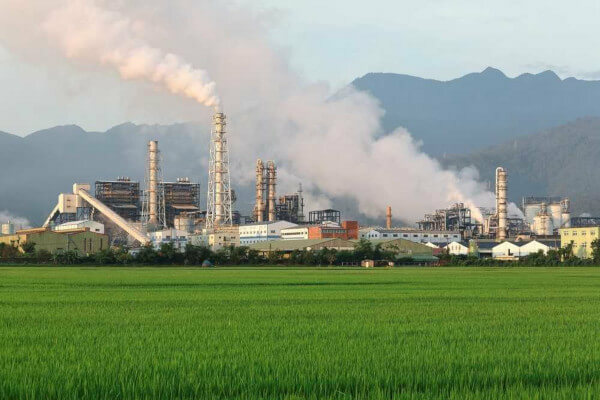Greenhouse effect it's a natural phenomenon that helps keep the Earth warm. However, with man's intervention in nature, this phenomenon is increasing and making our planet even hotter.
Imagine a car with its windows closed and in the sun. After a while, the interior of this car will get very hot, won't it? This is because the car's windows let the sun's heat in, but it doesn't let it out. The same thing happens in the greenhouse effect.
This name - "greenhouse effect” – originated from the idea of a greenhouse used to grow plants. In these greenhouses, made up of glass walls and roofs, heat enters and does not leave, helping the plants to take advantage of this heat, which start to develop better.
How does the greenhouse effect work?
Look at the figure below:

When the sun's rays reach the Earth, part of them is "bounced", while the other part penetrates, finds the Earth's surface and returns to the atmosphere. Among these returning sunrays, part of them is again reflected back into the Earth and part goes away into space.
Of course, this process is important for maintaining heat on Earth. Without the greenhouse effect, our planet would be very cold and human life would probably not exist.
But why is the greenhouse effect considered an environmental problem?
This phenomenon is considered an environmental problem because the greenhouse effect is getting much stronger and increasing temperatures on Earth. If the ozone layer keeps shrinking and the greenhouse effect keeps increasing, in the future the Earth will be very hot.

The main pollutant that causes the greenhouse effect is carbon dioxide or carbon dioxide (CO2). However, there are other gases that also have a great influence, such as nitrous oxide (N2O), methane (CH4), the chlorofluorocarbon (CFC), the Hydrofluorocarbons (HFCs) and the sulfur hexafluoride (SF6).
Greenhouse gases arise mainly from human activities, such as industrial production, burning trees, fumes from automobiles and other equipment that use fuel burning fossils.
According to IBGE, in addition to contributing to the warming of the Earth, the greenhouse effect can contribute to the occurrence of other problems:
a) changes in ecosystems and extinctions of species;
b) increased water scarcity, thanks to reduced rainfall;
c) increased hunger, because agriculture would be harmed by the climate and lack of water;
d) sea level rise and flooding of coastal cities due to melting glaciers;
e) proliferation of diseases, thanks to increased heat;
f) climate imbalances.
To combat the greenhouse effect, our industries need to modernize and implement techniques to reduce the emission of greenhouse gases. In addition, we need to adopt more conscious measures, reducing pollution in cities, reducing the production of garbage, contain deforestation and increase the number of trees and, whenever possible, save energy.

By Rodolfo Alves Pena
Graduated in Geography
Take the opportunity to check out our video classes on the subject:

